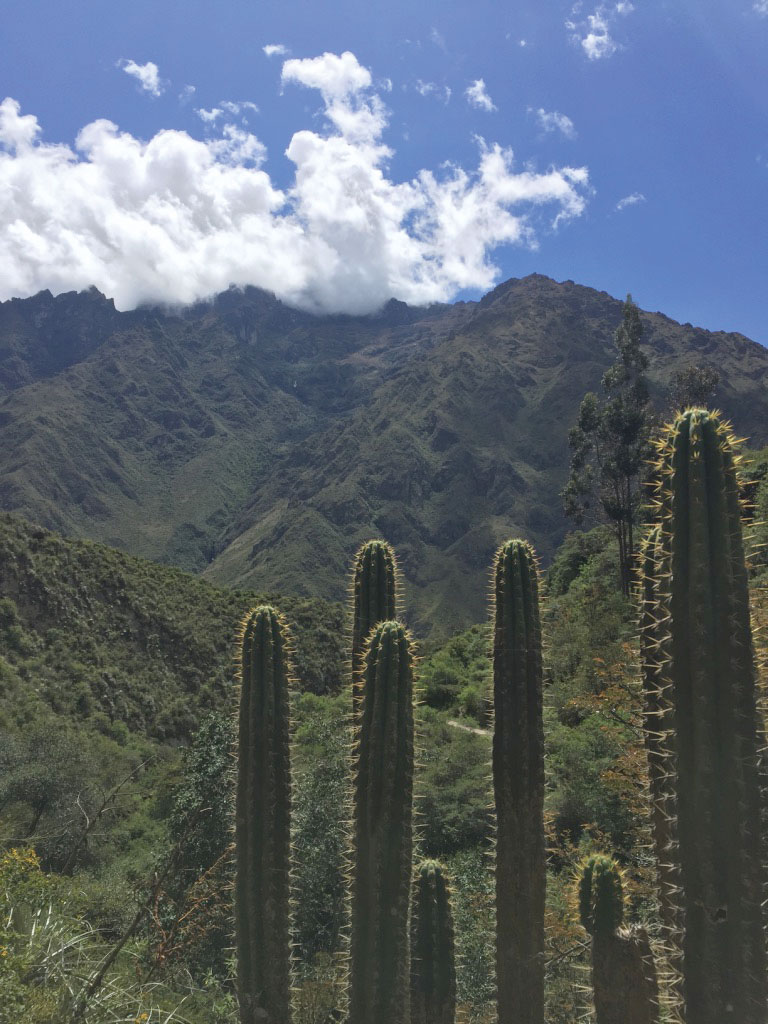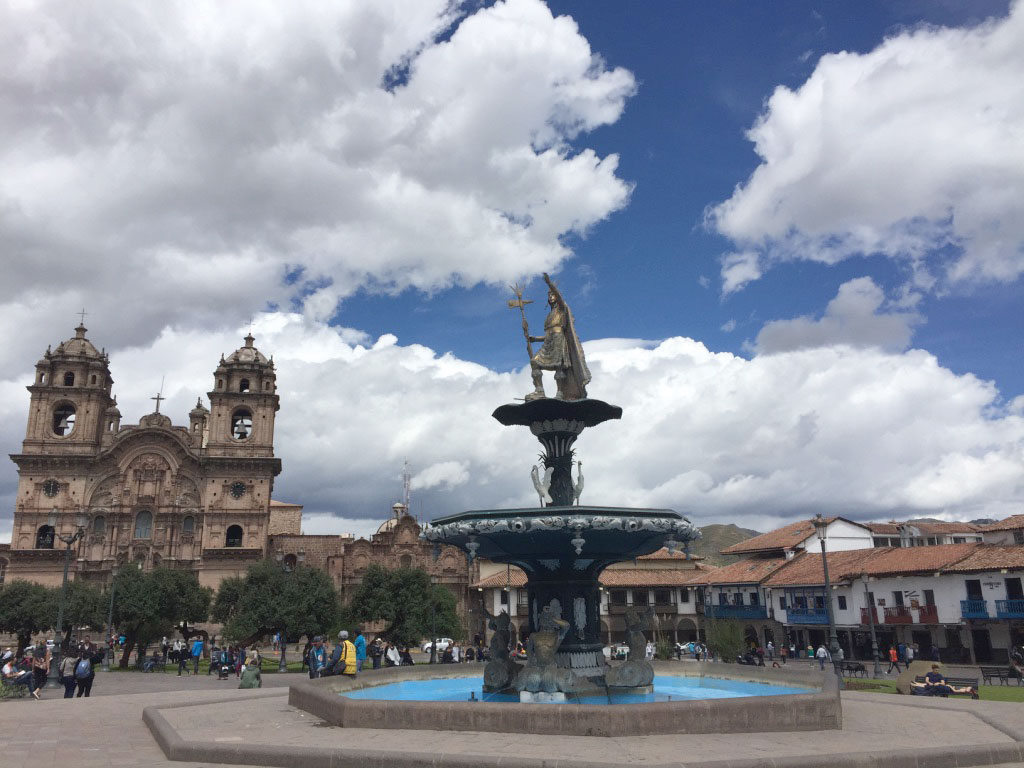
Passport To Peru in St. Louis
The sharp, briny smell of the Pacific Ocean permeates Lima, Peru. Casual cevicherias serve up pisco sours and cold Cusqueña beers alongside bracingly acidic ceviches mellowed out by chunks of sweet potato and giant starchy corn kernels.
Around 350 miles southeast, the city of Cuzco is cradled by the Andes Mountains instead of the sea. Corn, grains and ají chilies are grown here, as well as thousands of potato varieties resulting from ingenious Incan agricultural experiments. Rather than bright seafood, dishes tend toward heartier stews and soups meant to fuel long treks through the passes.
Peru’s biodiversity is just one reason the country has one of the foremost food cultures on the planet. History also plays a role.
“It’s the first fusion cuisine,” explained Jorge Calvo, front of house manager at St. Louis’ Mango Peruvian Cuisine. “It merges the fresh ingredients Peru has to offer with influences from all over the world, starting with the migration that occurred in the 1500s through World War II, when Japanese relocated there in large numbers. It includes influences from China, Italy, Spain and the native Incans and pre-Incans.”
Anyone who enjoys ceviche or quinoa knows that Peruvian popularity is nothing new – but it’s getting easier to experience what makes the cuisine so special without buying a plane ticket.
Peru in The Lou
Don’t feel like tackling Peruvian cuisine in your home kitchen? Mango, located downtown, serves up delicious dishes in a warm, sophisticated space, and Panka Peru, located a little farther afield in Fairview Heights, Illinois, is an authentic Peruvian restaurant run out of the Fairview Lounge gas station. Inside the unassuming exterior, you’ll find a convenience store stocked with American and Peruvian wares, as well as a friendly neighborhood restaurant with a great beer list, cocktails and wine.
Dishes to Try at Mango
Jalea Mixta
The fried calamari, shrimp and fish is pretty standard, although perfectly crispy, but the dish gets interesting with the addition of fried yucca, sliced red onions, cilantro and an addicting aioli made with ají peppers and mint.
Baterrega y Olluco
This beet salad tastes as unique as it looks. At the base is a generous pour of huancaina, a creamy Peruvian cheese sauce that gets its vibrant yellow color from ají peppers. That is topped with salt-roasted and pickled beets and pickled olluco, a Peruvian root vegetable. It also includes tomato-y aguaymento, crunchy cancha corn, greens and a minty huacatay pesto.
Ají de Gallina
Quintessential Peruvian comfort food, ají de gallina can roughly be translated to “hen’s chili.” Shredded chicken is covered in a bright yellow, creamy sauce made with ají amarillo, Parmesan and walnuts. The dish is garnished with a hard-boiled egg and olives and served with rice. The chicken is perfectly moist, and the use of ají peppers in the sauce adds a fruity, spicy flavor profile.
Saltado de Champinoñes
This vegetarian take on lomo saltado may be even better than the original. A variety of mushrooms add meatiness to the dish, which also includes onions and tomatoes and a garlicky, deeply savory sauce.
Dishes to Try at Panka Peru
Empanadas
The empanada comes freshly baked. The little pocket of house-made dough is filled with beef, onions, tomatoes and olives. Raisins add an addictive pop of sweetness.
Choros a la Chalaca
A unique, refreshing way to enjoy mussels, this dish tops steamed and chilled bivalves with a zesty mix of red onion, tomato, corn and cilantro.
Ceviche
Fish out of a gas station restaurant? Just do it. This ultra fresh Peruvian classic, made with white fish, lime juice, cilantro, red onions, sweet potatoes and starchy choclo, tastes exactly like the version found in neighborhood restaurants around Lima.
Lomo Saltado
Strips of tender beef tenderloin are cooked with wine and sauteed with red onion and tomato. A soy sauce-based sauce adds an umami kick. You might wonder whether it’s really necessary to include both french fries and rice. It absolutely is.
Stephanie Zeilenga is a critic and contributing writer for Sauce Magazine.
CLICK BELOW FOR SLIDESHOW
Tags : Places, Restaurants
Most Recent
Cobblestone Market, Deli, Cafe slated to open on Laclede’s Landing in downtown St. Louis this spring
A new spot called Cobblestone, a Market, Deli, Cafe will open soon …













